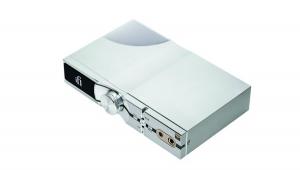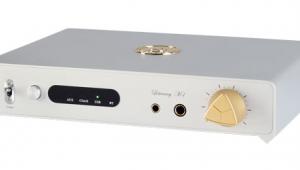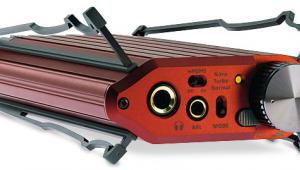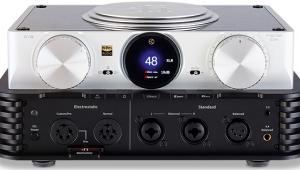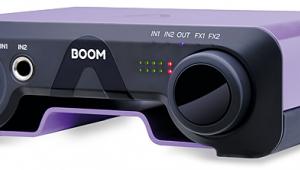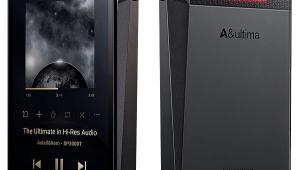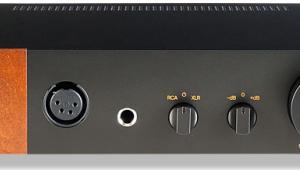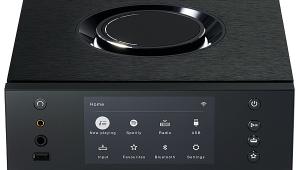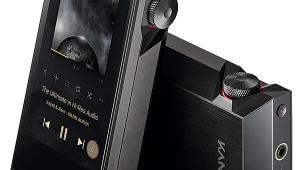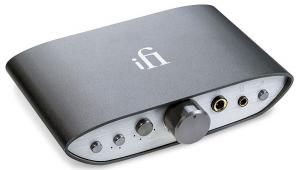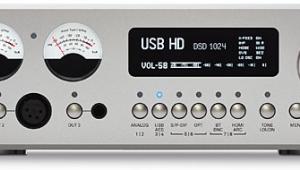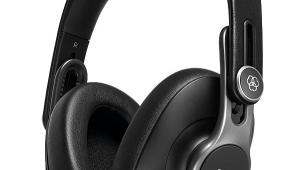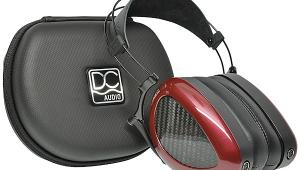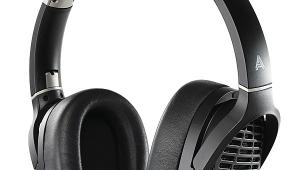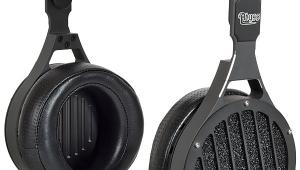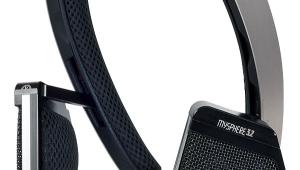HiFiMan Susvara Headphones
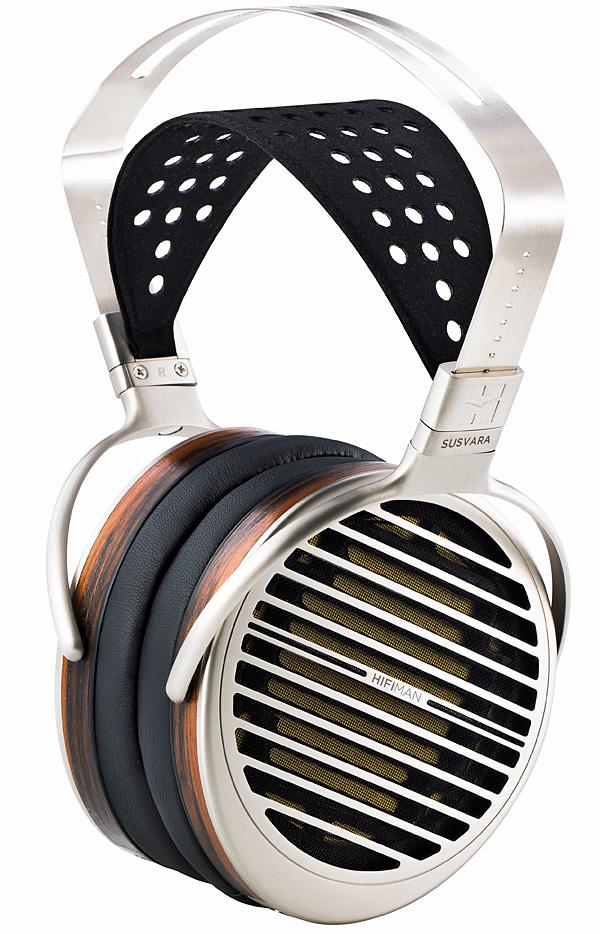
 HiFiMan has done as much as any brand to popularise the planar magnetic headphone since the technology's revival, and the Susvara is the best PM it knows how to make
HiFiMan has done as much as any brand to popularise the planar magnetic headphone since the technology's revival, and the Susvara is the best PM it knows how to make
Astute readers will have noticed that we've been exploring the HiFiMan range in stepwise fashion. We began with the £475 Sundara [HFN Jun '19], progressed to the £1500 Arya [HFN Aug '19] and have now reached the £5750 Susvara. While, despite its elevated price tag, the Susvara isn't the most expensive headphone the Chinese manufacturer currently offers, the costlier Shangri-La and Shangri-La Jr are both electrostatic models, making the Susvara its flagship planar magnetic design.
Power Hungry
Like the Arya, but not the Sundara, the Susvara has ovoid capsules, tilted at about 12o to the headband to account for the natural angle formed by the longest dimension of the external ear, but the earpad opening is elliptical in shape rather than being inset a fixed distance from the capsule's external edges. Also like the Arya, and somewhat similarly to the Sundara, the Susvara has a distinctive headband design in which a thin, angled, bright-finish steel band provides the capsule clamping force and is held aloft above the head by the wide, flexible, perforated strap that supports the headphone on the listener's scalp.
It's an arrangement that looks rather odd, but the large, soft, wedge-section earpads (thicker at the back than the front), modest head clamping force (6.2N, assuming a 150mm head width) and broad support strap all contribute to this being a comfortable headphone to wear, despite the 465g headset weight. Only if you have particularly large ears are they likely to be pinched, the major and minor axes of the earpads' elliptical recesses being 72mm and 58mm, respectively.
Given its size and cost it's unlikely anyone would contemplate using the Susvara on the hoof but if you'd like to drive it with mobile signal sources around the home, think again. It is seriously insensitive.
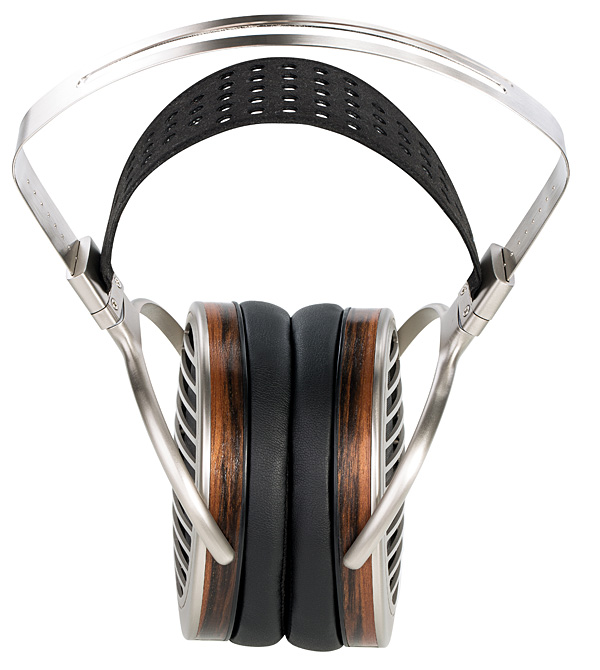
I measured 91.5dB at 1kHz, which is a whopping 23.7dB lower than we recorded from the Audeze EL-8 open-back, the most sensitive PM headphone we've encountered thus far [HFN Oct '15]. So this is a headphone for listening to on the end of a conventional hi-fi system, a message that's subliminally conveyed by the two 3m connecting cables, terminated in a ¼in TRS jack or, for balanced outputs, a 4-pin male XLR plug.
Connection to mini-jack outputs is not provided for, although gold-plated mini-jack connectors are used at each capsule. The cable has the benefit of a smooth external sheath, so it doesn't rub noisily against clothing (why don't more headphone manufacturers do this?), but the mini-jack plugs can be heard to rattle in their sockets if the cable is shaken. The rattling is made more obvious by the Susvara's capsules being inherently resonant, as a tap on the capsule or drag of a fingernail over the capsule's external face will quickly affirm. Clearly, the thin, undamped headband must resonate too. It seems either that HiFiMan pays little attention to this issue or believes that high-Q, undamped resonances are likely to be excited less than low-Q, damped ones.
Disappearing Magnets
For readers who skip the Lab Report, let me reiterate here that the Susvara is a polarity-inverting headphone, without this being made clear in the Owner's Guide. If you are sensitive to 'absolute phase' then you'll need to invert the electrical polarity upstream of the Susvara.
Two of the proprietary technologies deployed in the Susvara we've already encountered in the Arya: HiFiMan's 'Nanometer Grade' diaphragm (don't be misled by its name, the diaphragm is specified as being less than 1µm in thickness, 1µm being 1,000 nanometres) and the 'Window Shade' design of the capsule's rear face. This is intended to reconcile the competing demands of diaphragm protection while at the same time minimising obstruction of the 'phones rear-radiated output.
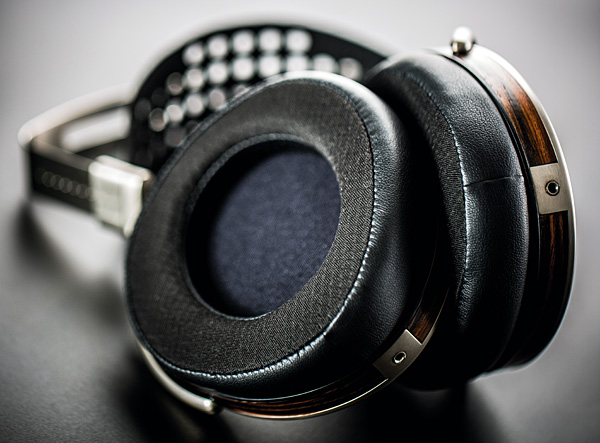
Where the Susvara and Arya differ is in the design of their magnet systems. In the Arya, the 'Advanced Asymmetrical Magnetic Circuit' uses rectangular-section bar magnets of different sizes either side of the diaphragm. In the Susvara, the 'Stealth Magnets' are of the same size at either diaphragm face but have a cross-section which, from HiFiMan's diagram, looks to be almost semi-circular, with the flat face facing the diaphragm. The aim here, as HiFiMan expresses it, is to make the magnets 'acoustically invisible' to radiated sound waves by providing a less sudden transition to unobstructed conditions behind the magnet array.
HiFiMan has also paid particular attention to the construction of the Susvara's cable, which combines 'single crystalline' copper and 'single crystalline' silver in a 'special composition ratio'.
![]() Quiet As A Whisper
Quiet As A Whisper
Weighing in at 465g the Susvara headphones aren't really heavy but their capacious capsules means they look very large, and you wouldn't sit listening forgetting you had them on. Neither can you simply plug these straight into an iMac or laptop: their insensitivity means the sound is whisperingly quiet. But at this price point you probably wouldn't anyway.
